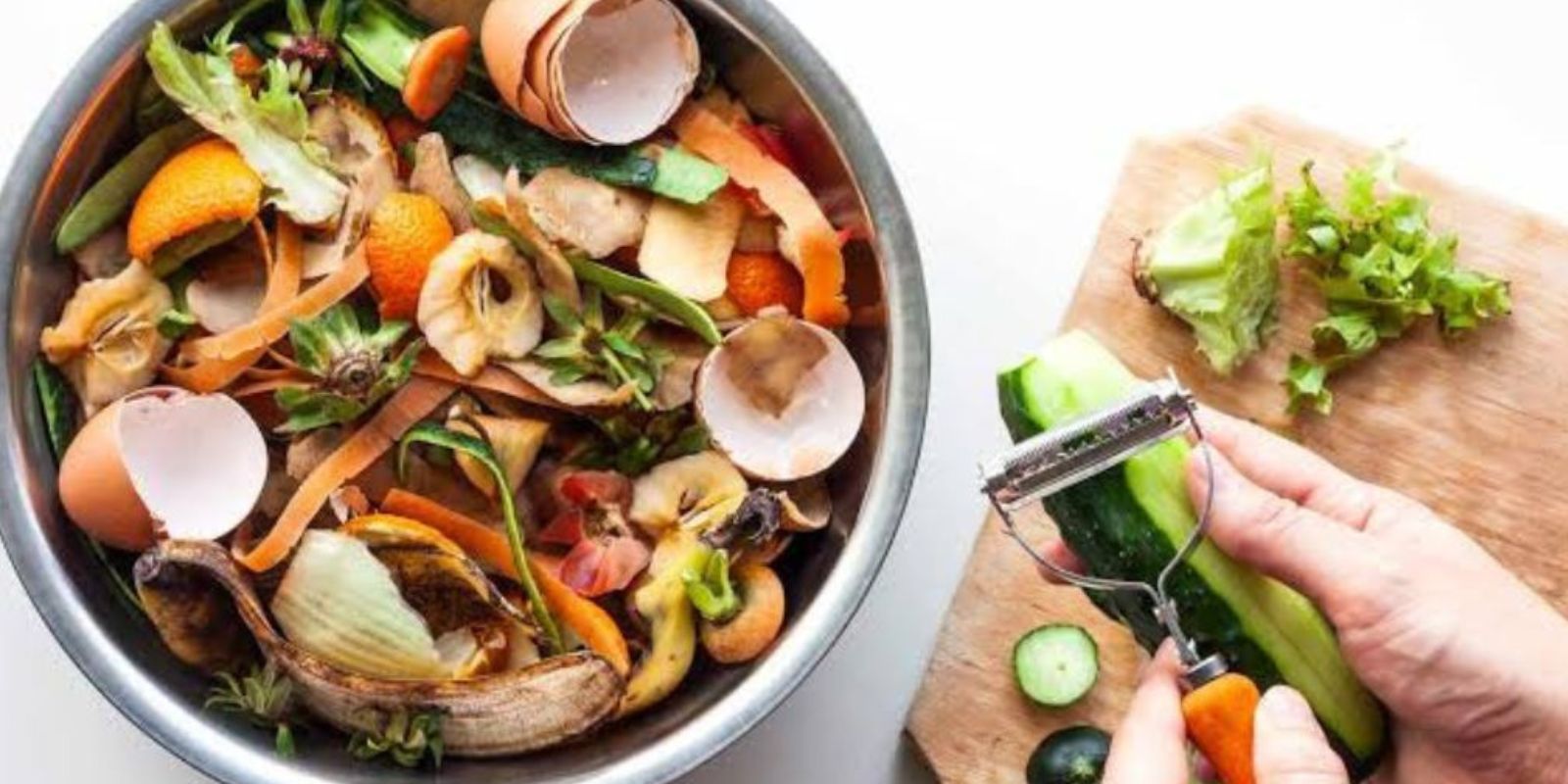Gardening is a rewarding experience, but keeping plants healthy and thriving requires proper nourishment. Instead of relying on chemical fertilizers, you can use natural and budget-friendly alternatives made from kitchen scraps and yard waste. These DIY fertilizers not only promote plant growth but also improve soil health and sustainability.
In this comprehensive guide, we’ll explore various homemade fertilizers, their benefits, and how to use them effectively in your garden.
Why Use Homemade Fertilizers?
1. Cost-Effective and Sustainable
Store-bought fertilizers can be expensive and often contain synthetic chemicals. Homemade fertilizers use materials you already have, reducing waste and saving money.
2. Environmentally Friendly
Chemical fertilizers can harm the environment by leaching into waterways and disrupting ecosystems. Natural alternatives nourish plants while maintaining soil balance and protecting beneficial microbes.
3. Slow-Release Nutrients
Homemade fertilizers break down gradually, providing a steady supply of nutrients to plants over time. This enhances soil fertility and encourages healthier, more productive growth.
Top Homemade Fertilizers and How to Use Them
1. Banana Peels – A Potassium and Phosphorus Boost
Banana peels are rich in potassium and phosphorus, two essential nutrients for plant growth, flowering, and fruit development.
How to Use:
- Chop banana peels into small pieces and bury them in the soil near plant roots.
- Blend banana peels with water and use the liquid as a natural fertilizer.
- Dry and grind banana peels into powder to sprinkle around plants.
Best for: Tomatoes, peppers, roses, and flowering plants.
2. Eggshells – A Natural Calcium Source
Calcium is crucial for preventing blossom-end rot in tomatoes, peppers, and squash. Eggshells provide a slow-release form of calcium while also improving soil aeration.
How to Use:
- Crush dried eggshells and mix them into the soil before planting.
- Soak crushed eggshells in water for 24 hours to make calcium-rich “eggshell tea” for watering plants.
Best for: Tomatoes, peppers, squash, and leafy greens.
3. Used Coffee Grounds – A Nitrogen Booster
Coffee grounds are a great source of nitrogen, which promotes lush, green foliage. They also help improve soil texture and attract earthworms.
How to Use:
- Mix used coffee grounds into compost or soil for a nitrogen boost.
- Sprinkle dried coffee grounds around acid-loving plants like blueberries, azaleas, and hydrangeas.
- Brew a weak coffee ground tea and use it to water plants.
Best for: Roses, blueberries, carrots, radishes, and leafy greens.
4. Grass Clippings – A Free Source of Nitrogen
Fresh grass clippings decompose quickly, releasing nitrogen into the soil to promote healthy leaf and stem growth.
How to Use:
- Spread a thin layer of grass clippings as mulch around plants (avoid thick layers to prevent mold).
- Mix grass clippings into compost to enrich its nitrogen content.
Best for: Vegetables, flowers, and shrubs.
5. Wood Ash – A Natural Source of Potassium and Calcium
Wood ash from untreated wood contains potassium and calcium, helping plants develop strong roots and resist diseases.
How to Use:
- Lightly sprinkle wood ash around plants to improve soil pH and nutrient content.
- Mix with compost to enhance its mineral content.
Best for: Tomatoes, beans, fruit trees, and root crops. (Avoid using wood ash on acid-loving plants like blueberries.)
6. Compost Tea – A Nutrient-Rich Liquid Fertilizer
Compost tea provides a concentrated dose of beneficial microorganisms and nutrients to plants.
How to Use:
- Fill a bucket with water and add a shovel of compost.
- Let it steep for 24–48 hours, stirring occasionally.
- Strain and use the liquid to water plants or as a foliar spray.
Best for: All garden plants, vegetables, and flowers.
7. Molasses – A Microbe-Friendly Fertilizer
Molasses contains essential minerals and promotes beneficial microbial activity in the soil.
How to Use:
- Mix one tablespoon of molasses into a gallon of water and use it to water plants.
- Combine with compost tea for an extra boost.
Best for: All plants, especially vegetables and flowering plants.
8. Epsom Salt – A Source of Magnesium and Sulfur
Epsom salt helps plants absorb nutrients more efficiently and improves seed germination.
How to Use:
- Dissolve one tablespoon of Epsom salt in a gallon of water and spray on plant leaves or soil.
- Sprinkle Epsom salt directly around the base of plants before watering.
Best for: Tomatoes, peppers, roses, and leafy greens.
9. Fish Emulsion – A High-Nitrogen Liquid Fertilizer
Fish scraps provide nitrogen, phosphorus, and potassium, making an excellent all-purpose fertilizer.
How to Use:
- Blend fish scraps with water and let it sit for a few days before diluting and using as a fertilizer.
- Buy ready-made fish emulsion and mix it according to package instructions.
Best for: Vegetables, fruit trees, and leafy greens.
10. Stinging Nettle Tea – A Powerful Plant Tonic
Nettle tea is packed with nutrients and acts as a natural pesticide.
How to Use:
- Steep nettle leaves in water for one to two weeks until it ferments.
- Dilute with water (1:10 ratio) and use as a liquid fertilizer.
Best for: Tomatoes, peppers, and root vegetables.
How to Use Homemade Fertilizers Effectively
- Balance Nutrients – Different plants have varying nutrient needs, so use fertilizers accordingly.
- Apply in Moderation – Over-fertilizing can damage plants. Follow recommended amounts and observe plant responses.
- Improve Soil Health – Rotate fertilizers and add organic matter to maintain soil balance.
- Water Properly – Ensure nutrients reach the roots by watering after applying fertilizers.
Final Thoughts
Homemade fertilizers are an excellent way to nourish your garden naturally while reducing waste and saving money. By using banana peels, eggshells, coffee grounds, and other kitchen scraps, you can create nutrient-rich soil and grow healthier plants.
Which homemade fertilizer do you use? Drop a comment below and share your gardening tips! 🌱💬

